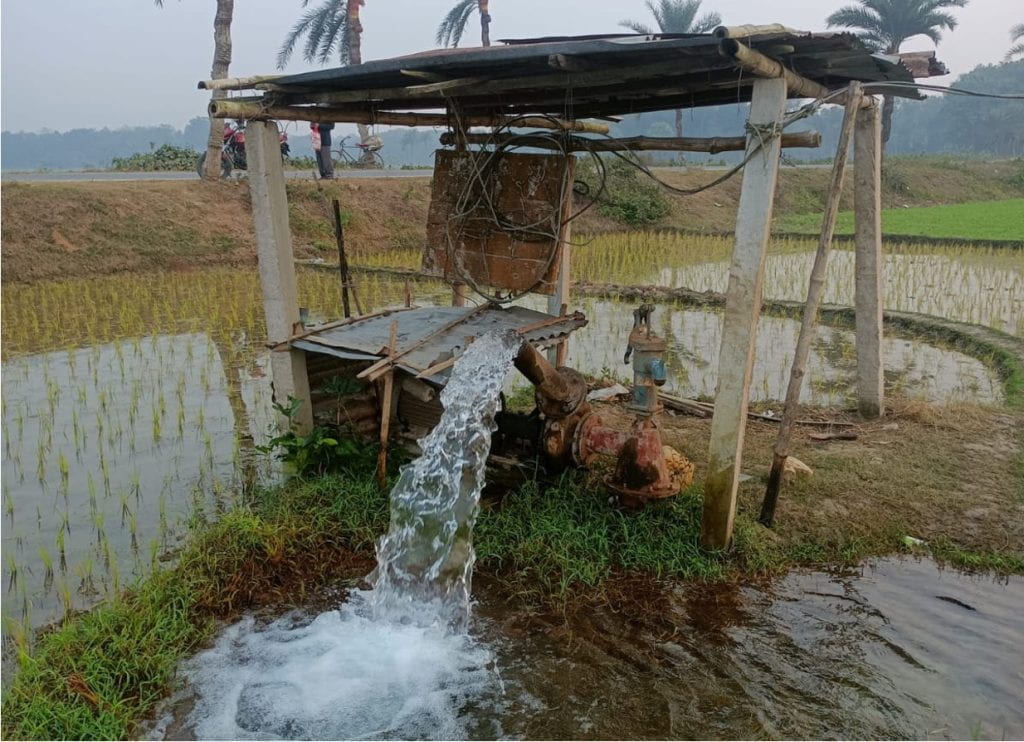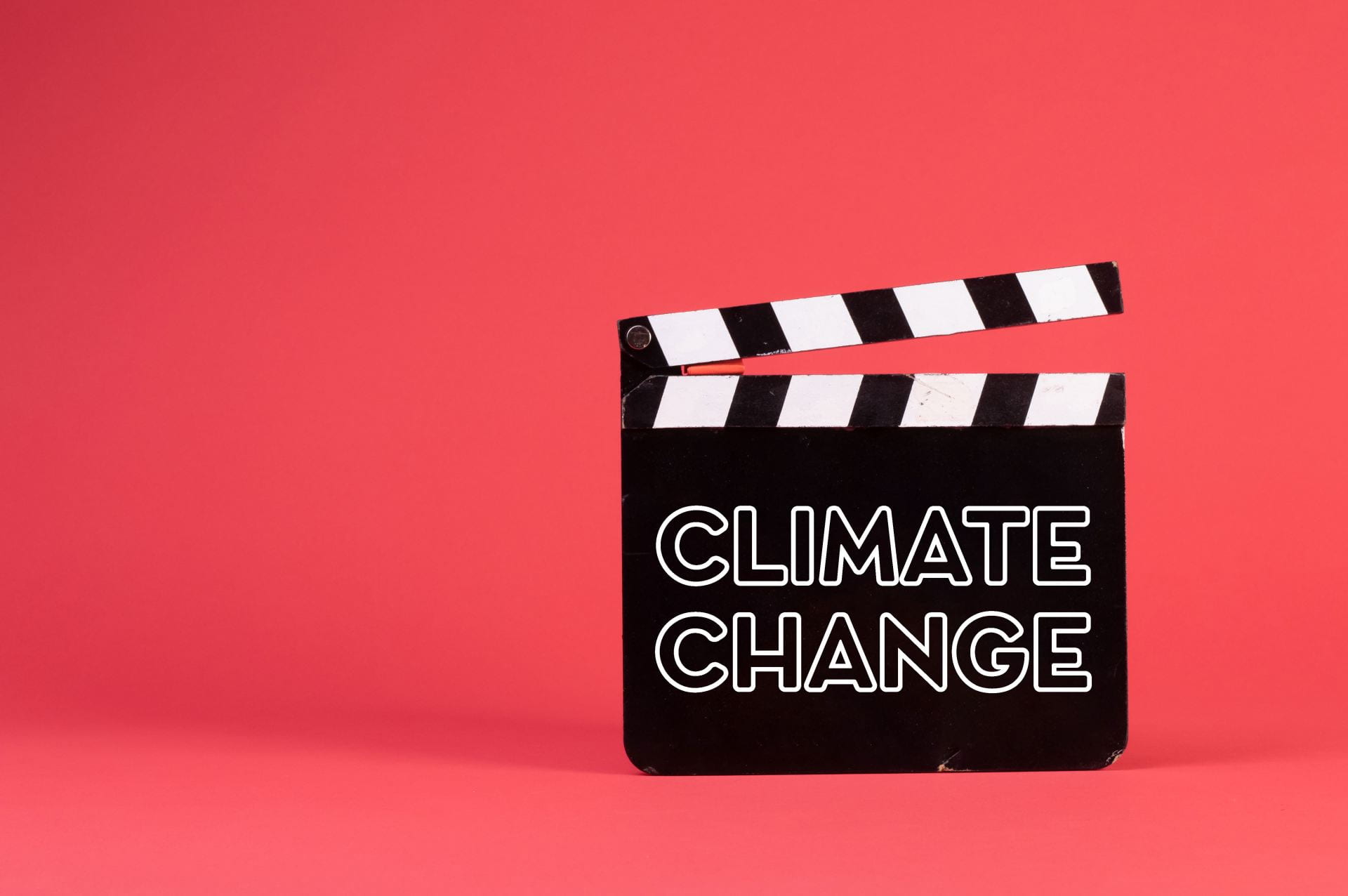Do We Have What It Takes?
By Thaisa Comelli, on 20 November 2024
Bold Urban Visions & Science for Climate-Resilient Cities

It was a pleasure to be part of the World Urban Forum 2024 in Cairo, reflecting on this year’s theme, “It All Starts at Home.” The phrase got me thinking about stories from my own home.
For those who do not know me, I am from Brasília, the capital of Brazil. It is a unique city, built “from scratch” in the late 1950s and a product of visionary urban planning. People often ask me what it was like to grow up in a city that emerged from almost nothing, crafted by the hands and minds of planners. Honestly, this is a difficult question to answer.
Brasília was designed to symbolise national progress, a canvas for experimenting with concepts like the ‘garden city,’ ‘neighbourhood units,’ and car-centric urbanism. In many ways, these ideas “worked”; Brasília still stands as a bold example of what is possible when people believe in reshaping the ways we live through imaginative urbanism. More and more, it is vibrant, ever-evolving, and shaped by generations born there. Yet, living in Brasília has also taught me the limits of that kind of planning. The imaginative experiments of High Modernism showed us both what to do and what to avoid in city-making. It highlighted the dangers of segregating uses, prioritising cars over people, and agreeing upon a future crafted by only a few voices.
The original plan envisioned a city for 500,000 people, but Brasília’s population quickly doubled, and then doubled again, reaching more than 2 million people in the year 2000. Many came seeking opportunity, yet the city struggled to adapt, lacking strategies to accommodate this growth. That influx could have been foreseen – what we now call “scenario planning.” Natural hazards and climate change were also not explicitly part of Brasília’s design considerations. Floods, extreme droughts, and wildfires – now so frequent – were challenges the city was unprepared for. Of course, climate risks as such were not part of the vocabulary of planners in the 1950s. In any case, looking back, there is an important lesson to be shared: bold visions are essential for urban development, but they must include diverse voices and recognise the range of possible futures we might face.
This brings me to why imagining a desired future matters – and why it is dangerous if only a few shape that vision. The planners of Brasília had big dreams; they wanted to transform the country, decentralise national power, and test new ideas. They made mistakes, but they dared to be bold. They imagined a different future and, in doing so, made it a reality.
So, the question we must ask now is: can we be just as bold, but this time more democratic, inclusive, and prepared for negative future events and impacts?

In the face of climate change, perhaps the most urgent challenge of our era, what if we saw urban planning not as a rigid tool for controlling the future, but as a flexible strategy for adapting to it? What if we used shared visions to steer change in cities, treating risk-informed urban planning as an ‘early warning’ mechanism? One that prevents losses and builds resilience – not just to the immediate impacts of natural hazards but also to longer-term effects such as displacement and loss of community cohesion.
At Tomorrow’s Cities, a global Community of Practice focused on equitably reducing risk, we experiment with these ideas. We use “futuring methods,” expanding planning timeframes to imagine the next 30 or even 50 years. We invite people not to plan for themselves but to envision a future for those who will come after: future elders, future migrants, future youth, future women, and so on. This mindset shift is powerful. Together, we are imagining urban change as a legacy for generations to come.
This approach also helps participatory planning go beyond wishful thinking. By presenting evidence of the potential outcomes of decisions, we bring people into the realities of planning – the trade-offs often tied to equity. For instance, how do we protect natural environments while recognising that informal settlements often emerge in environmentally sensitive areas? How do we ensure future cities are green and resilient while remaining affordable in contexts of steep urban and population growth? And how do we prepare for societal and technological changes, like those brought by artificial intelligence?
Engaging diverse stakeholders – including marginalised populations – with these trade-offs acknowledges their existing capacity and agency. What we offer is the evidence needed for them to make difficult decisions. Science has a vital role here, but the kind we need is done with people, not just for them. We must open up the black box of our methods, share our assumptions, and even our uncertainties and doubts.
This is not easy. Urban resilience can be a highly technical topic, and making it accessible is a major challenge – but as I see it, this is the only way forward. Democratising urban planning is the only way to ensure the future, if not ideal, is at least co-created and negotiated. It means giving people the chance to inhabit the future in their and others’ minds, challenge it, and reshape it. Urban planning, then, can become a tool for guiding cities towards a shared vision – bold, imaginative, and responsive to present and future needs. It can also help us reflect on other threats like conflict and unsustainable growth.
This year’s theme, “It All Starts at Home,” inspired me to share my story of Brasília, a city that profoundly shaped my commitment to resilient, inclusive, and co-created urban futures. WUF 2024 also reminds us that “it all starts together, it all starts now.” So, how can we create the conditions today for a better tomorrow? Inhabiting the future matters when it helps us change the present – and do so together. It is an honour to be here with friends and colleagues who share this mission, working alongside local communities to safeguard our collective future. Thank you for being open to new ways of planning and visioning. Let us turn urban planning into a tool that truly supports and protects our shared aspirations.
Acknowledgements
Thank you to Mark Pelling for years of inspiring conversations and collaboration, which have helped shape this keynote speech and my work with Tomorrow’s Cities. I also extend my gratitude to colleagues and partners in cities who work tirelessly to achieve risk-proof, forward-looking, and equitable urban futures.
*This text is an adapted version of a keynote speech delivered at the World Urban Forum 2024 in Cairo.
Thaisa Comelli, PhD, is a Senior Research Fellow at University College London’s Department of Risk and Disaster Reduction and an Associate Editor of the Climate Risk Management journal. A Brazilian planner with over a decade of international experience, she specialises in participatory and community-led approaches to urban resilience and sustainable development planning and policymaking. Her expertise spans social vulnerability assessments, future visioning, scenario development, and systems thinking for complex urban and peri-urban environments. Recently, her research has explored the use of artificial intelligence to enhance creative future visioning engagements for inclusive governance. She is also leading two research projects on “climate displaceability” (£10k) and “social inclusivity parameters for inclusive disaster risk governance” (£10k).
- Follow RDR on Twitter/X and LinkedIn
- Read other RDR Blogs
The views expressed in this blog are those of the author(s).
 Close
Close















